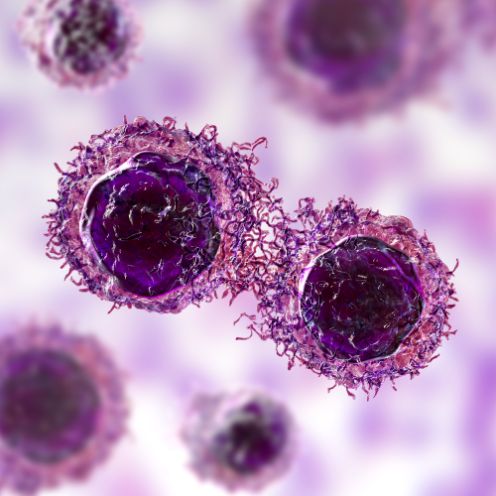The prognosis for most cancers is based on stages. Doctors use physical exams, imaging scans and other tests to assign a cancer a stage based on its size and location and how far it has spread. Cancer stages range from 0 to 4, with stage 4 generally meaning it has spread to distant areas of the body. When the cancer reaches stage 4, treatment options are typically limited and the survival rate is low. However, advancements in treatment and supportive care are helping people to live longer than their doctors originally predicted.
A person’s stage 4 cancer life expectancy with treatment depends on the type and where the cancer has spread, as well as their age and overall health. These factors determine the treatment options available, how quickly the cancer is likely to grow and whether it can be stopped or eliminated entirely.
When a person is diagnosed with stage 4 cancer, it is often difficult for them and their loved ones to hear the statistics related to their disease. This is particularly true when they are told that the five-year survival rate is 6 percent.
Survival rates are usually presented as percentages and they can be misleading because cancer is a complicated disease. While it is important for health care providers to provide patients with this information, it is also crucial for patients and their families to remember that everyone’s experience is different.

Many health care professionals will wait for the patient to bring up this topic and they may not ask about it if it is uncomfortable. For this reason, it is a good idea for patients to have a separate discussion with their health care team about life expectancy with treatment. This can be done in a way that makes the patient comfortable, such as by setting up an appointment with the medical provider to discuss this information separately from other appointments.
For many people with stage 4 cancer, the best option is palliative care. This includes medications that reduce pain and other symptoms and help with quality of life. It can also include oxygen therapy, dietary advice and other supportive measures that can make a huge difference in the patient’s outlook.
Other treatment options for people with stage 4 cancer can include chemotherapy, radiation and immunotherapy. Some of these treatments can also be used in combination. For pleural mesothelioma, for example, a combination of a platinum drug with pemetrexed (Alimta) can increase life expectancy by months.
People with stage 4 cancer should talk to their healthcare teams about how they can improve their outcomes by incorporating these strategies into their care plans. Additionally, they should consider participating in any clinical trials available to them. This is an opportunity to get the latest and most effective therapies, including targeted and immunotherapies. The results of these studies are often published in reputable journals and could lead to an extended life expectancy for many patients with this disease.









